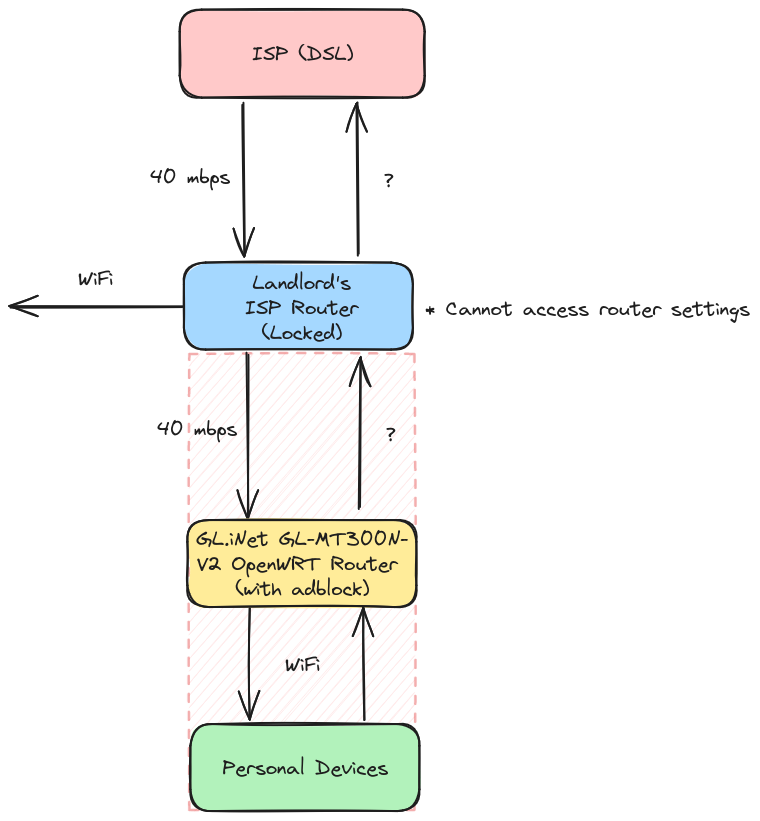view the rest of the comments
Selfhosted
A place to share alternatives to popular online services that can be self-hosted without giving up privacy or locking you into a service you don't control.
Rules:
-
Be civil: we're here to support and learn from one another. Insults won't be tolerated. Flame wars are frowned upon.
-
No spam posting.
-
Posts have to be centered around self-hosting. There are other communities for discussing hardware or home computing. If it's not obvious why your post topic revolves around selfhosting, please include details to make it clear.
-
Don't duplicate the full text of your blog or github here. Just post the link for folks to click.
-
Submission headline should match the article title (don’t cherry-pick information from the title to fit your agenda).
-
No trolling.
Resources:
- selfh.st Newsletter and index of selfhosted software and apps
- awesome-selfhosted software
- awesome-sysadmin resources
- Self-Hosted Podcast from Jupiter Broadcasting
Any issues on the community? Report it using the report flag.
Questions? DM the mods!

40 Mbps is the amount of data that can be moved in one second; the difference between 20% saturation and 90% saturation should have negligible impact on latency. The bottleneck would occur if you OVERsaturate the line (ie. trying to pull more than 40mbps down) because then the packets would need to take turns coming in and possibly even be re-sent from the source if the latency is so bad that those packets are wiped from cache on routers or switches. (FUN FACT: this is basically how a DDOS attack works, too many packets are being thrown at your network and your router can't say "no" fast enough to the bad data so latency approaches infinity and the good data ends up getting buried as well)
Fast.com (that's Netflix's speed test) also tests loaded latency, which is basically what you're talking about.